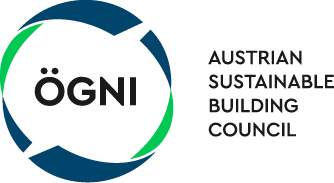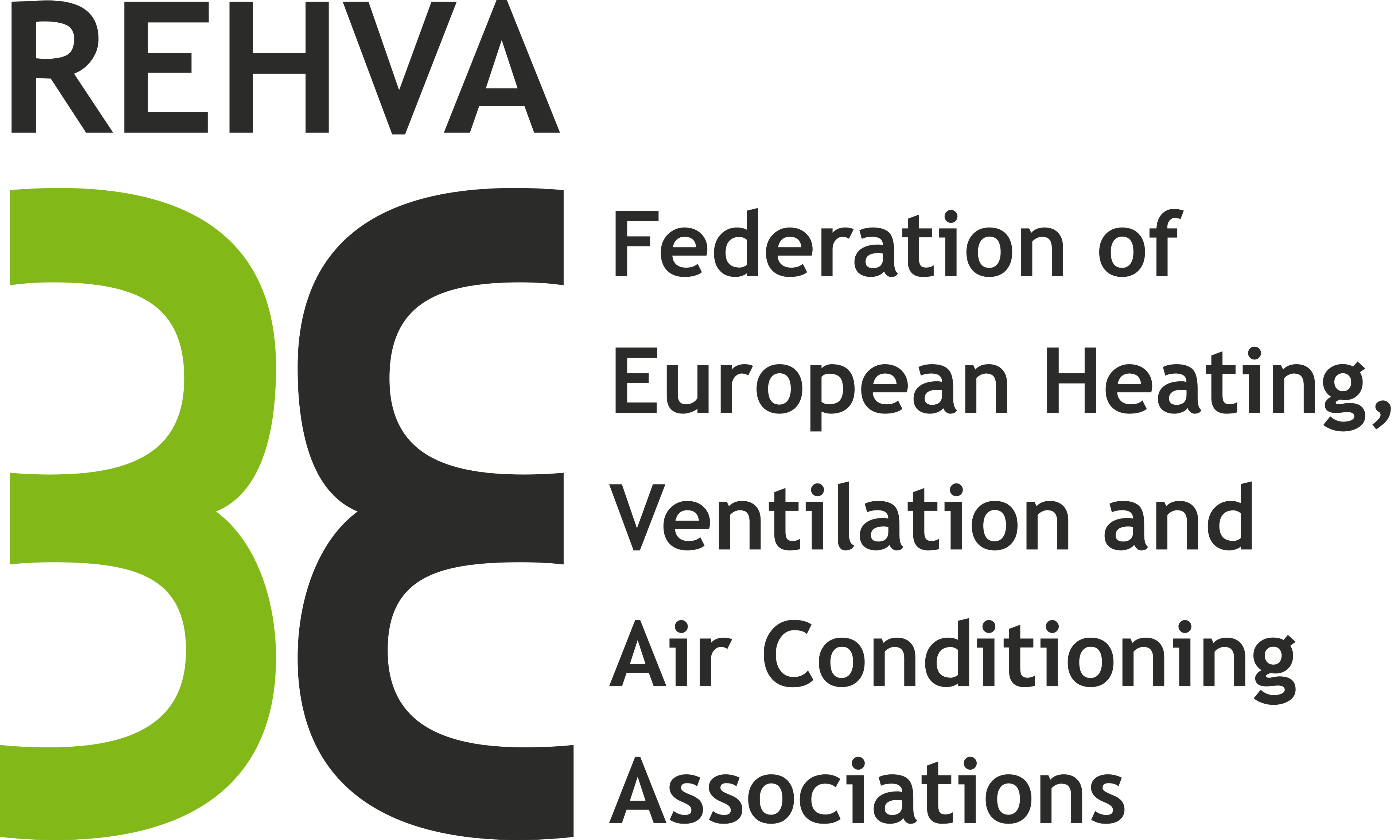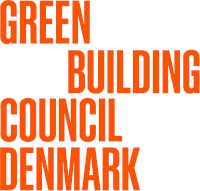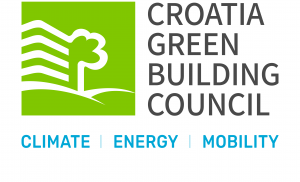Access to robust building data is a crucial prerequisite for making the business case for investing in sustainable buildings
As a member of the Global Alliance for Buildings and Construction (GlobalABC), we actively support the work on the development of Building Passports.
Example of our members’ work on systematic data capture and management
The DGNB Building Resource passport (only available in German)
(only available in German)
The underlying idea of the building material passport is simple: its purpose is to create transparency regarding the most important material properties of a building.
As well as providing information on whether buildings already contribute to the circular economy, the passport is intended to show how long buildings can be used for, if they can be adapted to different uses and whether they can be disassembled, broken down or reused in the future, i.e. whether they can be recycled.
The basic concept of the Building Resource Passport is based on the idea of the successfully established Energy Performance Certificate. The idea is that the resource passport should contain the essential information on resource use, climate impact and circularity for each individual building.
This will provide all the necessary information to best support the development of ‘urban mines’, the implementation of circular renovation and new construction, and circular demolition.
In the long term, the Building Resource Passport creates the basis for a consistent circular economy in the building sector, in which all life cycle phases, from design to reuse or recycling, are perfectly coordinated and interconnected. This requires full transparency about the materials and components used, their value and ownership. It is the foundation for a new shared economy, new business models and a high quality built environment.
Owners of new or existing buildings receive information about the materials actually used and any harmful substances. They also receive information on the potential of materials and their value. For planners, the tool offers added value, especially when the optional additional sheets (see below) for the Building Resource Passport are used. These allow in-depth analysis for qualified advice to clients and the development of circular, resource-saving options.
Building contractors can use the format to systematically document the measures they have implemented and to clearly present the services they have provided. Local authorities can also benefit from the use of project-specific building resource passports. For example, they can be used as a basis for the construction and management of urban mines. In the future, the format could also form the basis for the approval of resource-optimised, circular buildings.
The Building Resource Passport can be used for both new and existing buildings. It is designed as a fillable template. The template is based on a catalogue of building components, exports of BIM models or cataloguing of the building in the appropriate tools.
Detailed instructions on how to use the templates, with a full description of all topics covered, will follow shortly.
Some providers of digital tools for building documentation or optimisation, such as Concular, Madaster, the Circularity Design Toolkit from EPEA or the Urban Mining Index, have already implemented or are planning to implement the requirements of the DGNB’s Building Resource Passport. The compatibility with federal and EU measures, such as the planned digital building passport, is also ensured.








